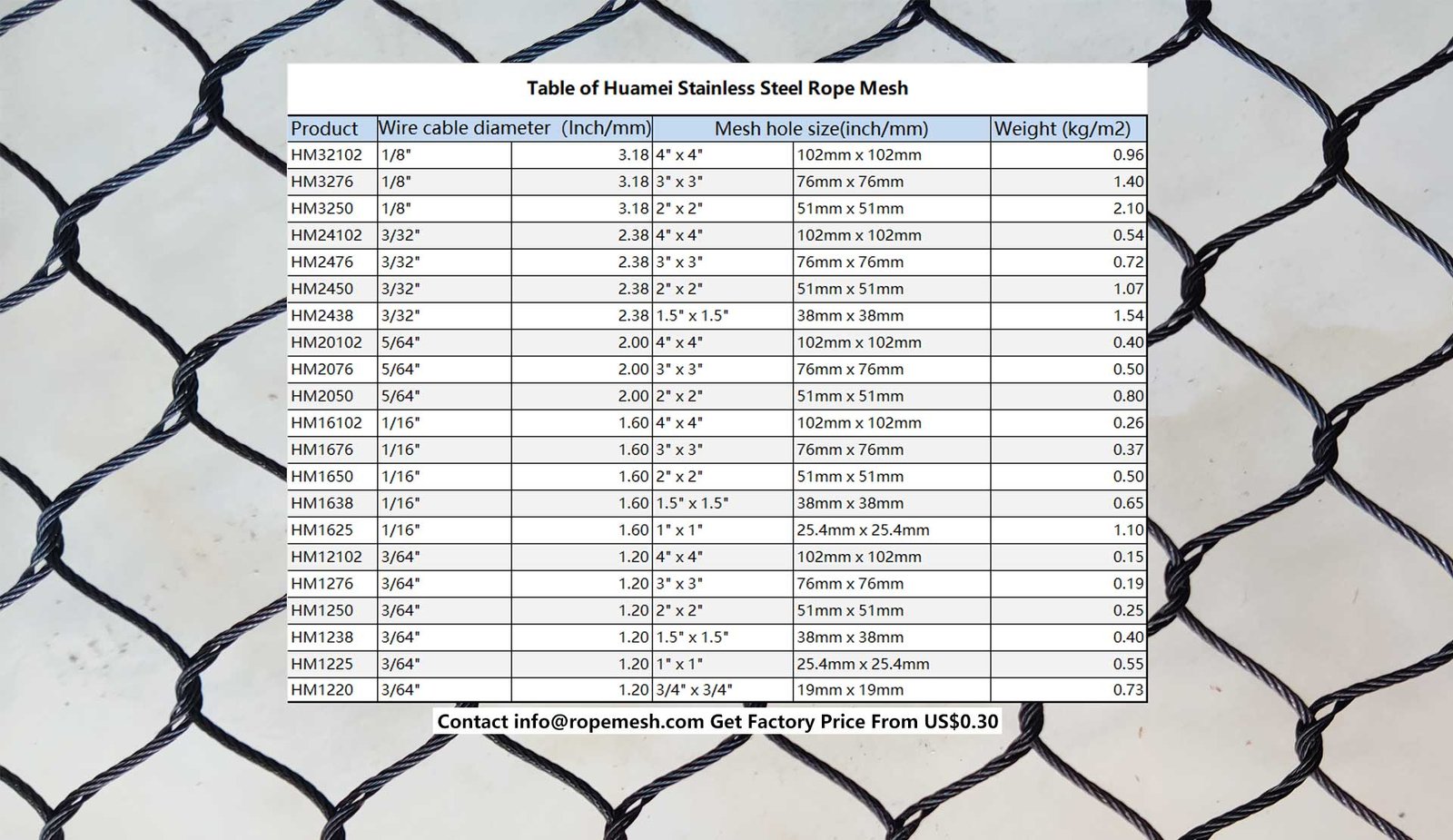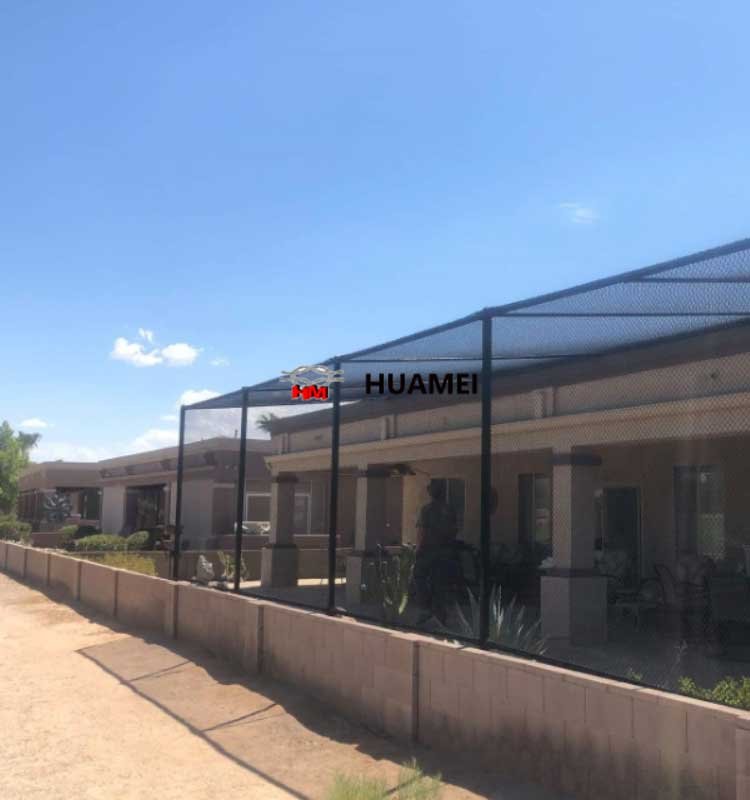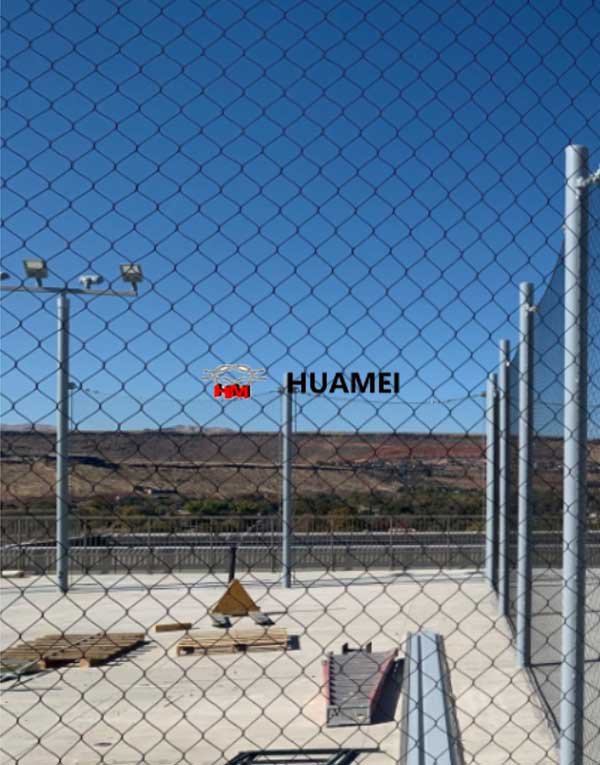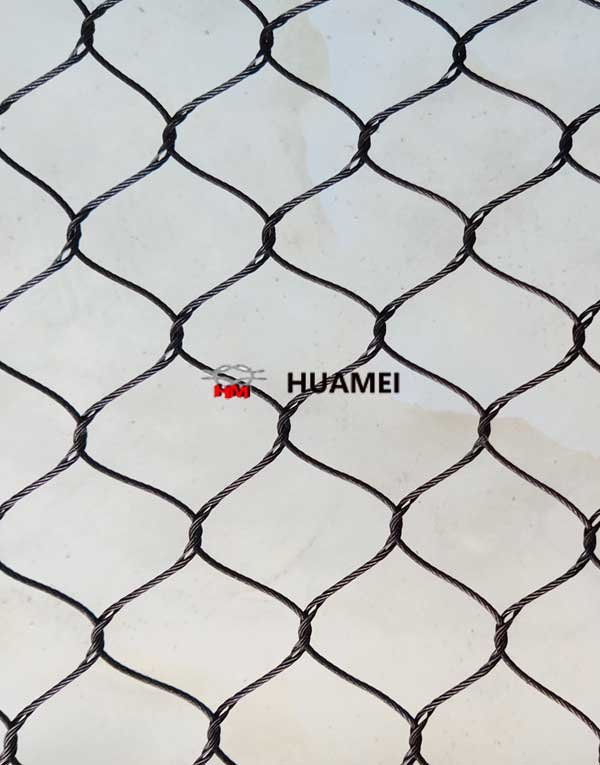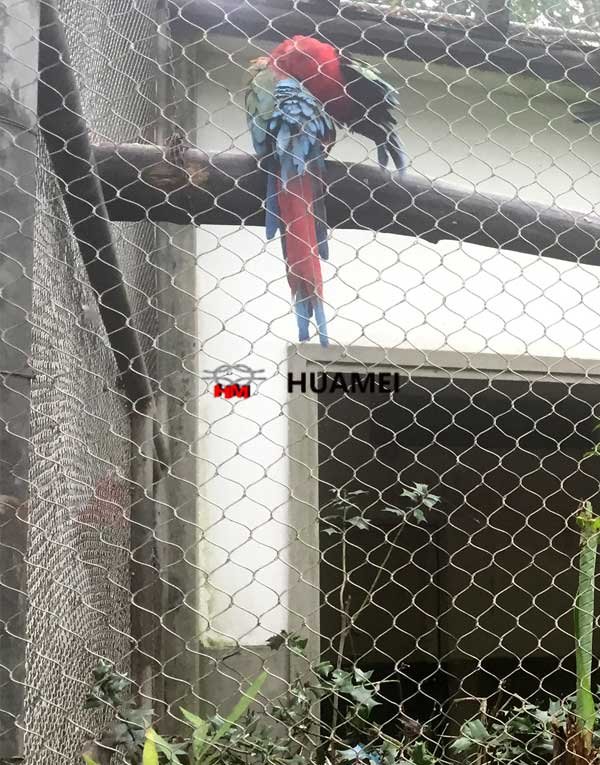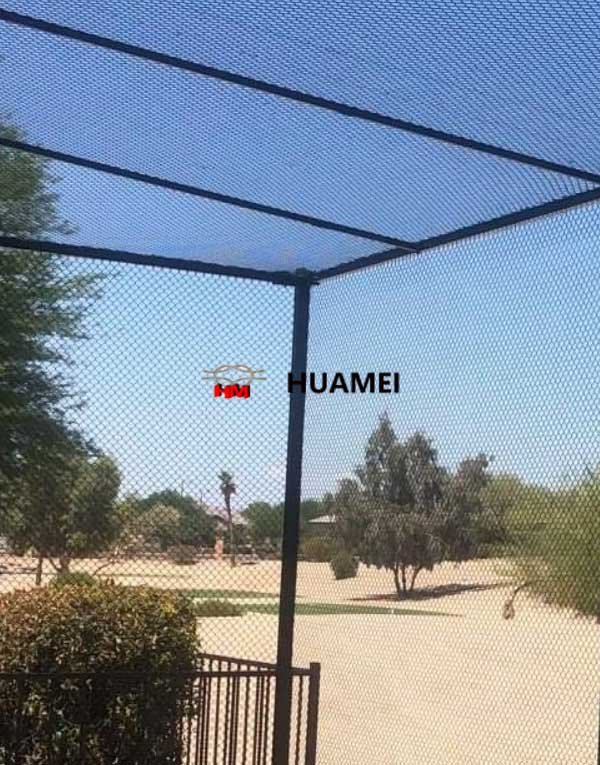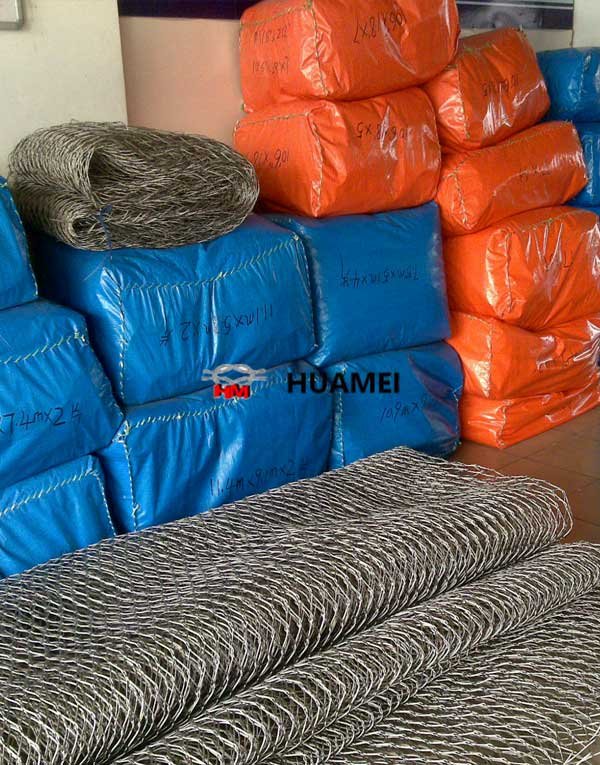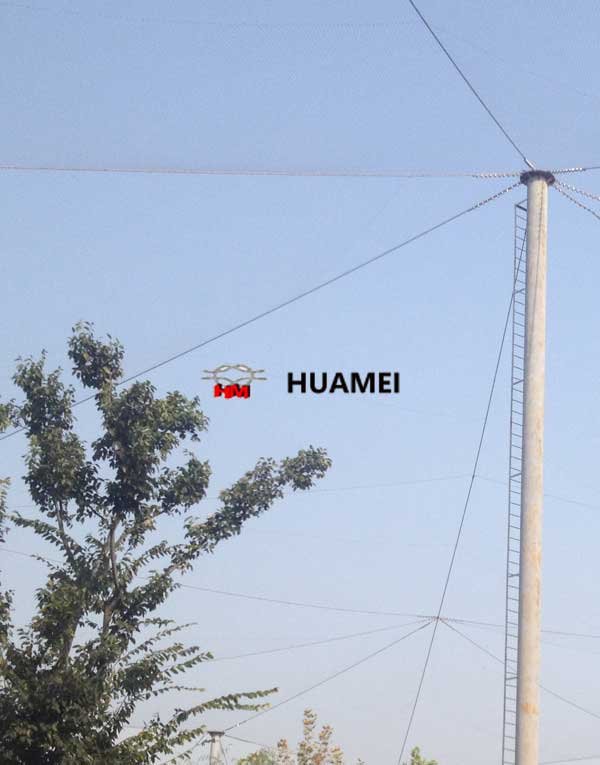Introduction to Animal Netting
Animal netting serves a critical role in the construction of zoo enclosures, acting as a protective barrier for both animals and visitors. This specialized netting is designed to ensure the safety of captive wildlife while allowing them to experience a degree of freedom in a controlled environment. By using animal netting, zoos can create enclosures that not only keep the animals secure but also allow visitors to view and appreciate them from a safe distance.
The primary purpose of animal netting is to prevent animals from escaping their designated areas, which could pose a risk to the animals themselves, visitors, and zookeepers. Additionally, this netting serves to deter potential intruders, ensuring that the animals are safeguarded from external threats. It is imperative that any enclosure built for zoo animals is constructed with stringent safety measures in mind, and animal netting plays an essential role in achieving this goal.
Various types of animal netting are utilized in zoos, each tailored to meet specific requirements based on the species housed within the enclosures. For instance, heavy-duty netting is typically employed to contain larger animals that may pose a greater risk of escape or injury. Conversely, lighter netting materials might be used for smaller species, allowing for better visibility and a more naturalistic environment. These materials are chosen for their durability, resistance to weather conditions, and ability to withstand the wear and tear associated with animal behavior.
To fully understand the importance of animal netting in zoo enclosure building, it is crucial to explore the different types available and how they contribute to the overall safety and enrichment of both the animals and zoo visitors. This foundational concept sets the stage for more detailed discussions regarding specific applications and innovations in animal netting technology.
